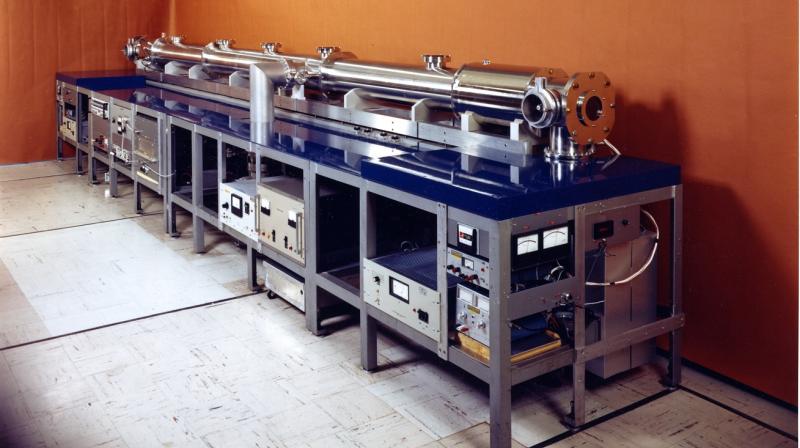Extra second added to Indian time today

A 'leap second' was added to theIndian clock at 5:29.59 hours today to synchronise with the Earth's rotational clock. As the atomic clock at the National Physical Laboratory (NPL) here struck 23:59:59 last night, it was programmed to add an extra second to 2017 to compensate for a slowdown in the Earth's rotation. Adding a second barely has an impact on the daily life, but it does matter in the fields of satellite navigation, astronomy and communication.
"The Earth and rotation around its own axis is not regular, as sometimes it speeds up and sometimes it slows down, due to various factors including earthquakes and moon's gravitational forces that often results in ocean tides. "As a result, astronomical time (UT1) gradually falls out of sync with atomic time (UTC), and as and when the difference between UTC and UT1 approaches 0.9 seconds, a leap second is added to UTC through atomic clocks worldwide," D K Aswal, Director NPL said.
Adding the leap second to the Indian clock is done by the NPL under the Council for Scientific and Industrial Research (SCIR). The NPL, one of the oldest laboratories in the country, has five atomic clocks and nearly 300 such pieces exist across the globe.
Atomic clocks are so precise that the margin of error in its functioning is just of a second in 100 million years.
To be in sync with the Indian Standard Time (IST) and the Earth'ss rotational clock, the Indian clock need to be adjusted after the insertion of a leap second. Aswal said the Indian atomic clock was also synchronised with the atomic clock of International Bureau of Weight and Measure (BIPM), France.
"The leap second adjustment is not so relevant for normal everyday life. However, this shift is critical for applications requiring of time accuracies in the nanosecond, which are critical in the fields of astronomy, satellite navigation, communication networks," Aswal added. Those utilising CSIR-NPL time dissemination services need not worry as they will receive the corrected time post the insertion of the leap second, Aswal said. Since 1972, 36 leap seconds have been added at intervals varying from six months to seven years and this will be 37th year.

